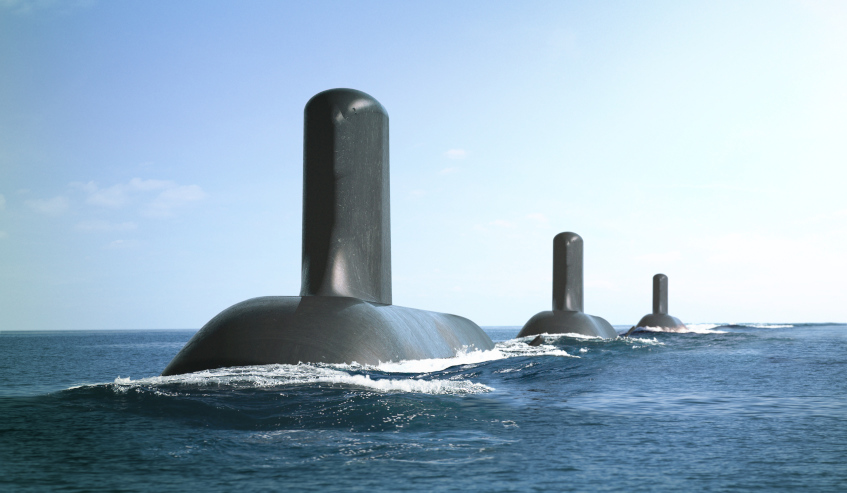As Australia gears up for the build of the $50 billion Future Submarines, a professor at the National Security College of the Australian National University has warned technological advances are moving warfare in a direction that “isn't favourable to submarines”.
Speaking at a Senate inquiry into the future of Australia's naval shipbuilding industry, Professor Roger Bradbury told the committee the continuing advancements in sensors means a debate needs to be had on the future of submarines and anti-submarine warfare, comparing the vessels to the extinct sabre-toothed tiger due to changes in environment.
"I think the digital revolution is sneaking up on all of us," explained Professor Bradbury. "I think we're trying to say that the odds are moving away from submarines towards anti-submarine technology in this time frame, and it's something we should have more of a debate on.
"At the moment, there's a certain balance between submarines and anti-submarine warfare. I'm saying that the balance is shifting because the underlying technologies are shifting out of favour of subs.
"They're going to have to work really hard if they want to overcome this. I wonder whether they can."
The professor cautioned that in the coming decades, when the first of Australia's $50 billion Future Submarines begin to come online, a submarine's ability to protect itself will be much more difficult than it is now, arguing the rapid developments in both acoustic and magnetic sensing is changing the landscape of a once safer ocean.
"Submarines operate solo, which is their nature and why we have them," Professor Bradbury told the committee.
"They will have a great difficulty in protecting themselves from an ocean that is more highly sensed in many different dimensions than is available today. We'll have not only the acoustic sorts of sensing that submarines have got very good at over the last 30 or 40 years, but also magnetic sensing and the ability to sense their wakes underwater, to pick up their thermal image in the ocean and to pick them up with optical sensors using lasers from underwater drones. Beyond that, there may even be gravitational anomaly sensors which, because they're such large lumps of metal, will be able to pick them up.
"Beyond that again, we'll have biosensors, sniffers and things that can pick up the chemical trails that submarines must leave in the ocean, just because they're there. We know that many insects can pick up just a few scatterings of molecules to be able to trace something down, and we're building machine analogs of those sorts of sensors today.
"We have to have submarines right up to the point when they're going to be useless, and that point could come very quickly. But up to that point – regrettably, perhaps, or expensively, certainly – we have to keep doing it."
And while the professor has called for a debate on the future of submarine and anti-submarine warfare, he added the future of aircraft carriers and drones is looking increasingly positive.
"There is a debate on about the utility and future of aircraft carriers," he said. "The debate seems to be moving towards the idea that aircraft carriers, providing they are surrounded by vast armadas of support craft and aircraft, may be able to maintain their invulnerability for a long time into the future.
"We can have a mixture, because we've been able to shrink these things and put them onto advanced materials and put them into small packages. We are able to put them onto autonomous drones and those drones can be down at the right depth. Some drones can be underwater, some can be on the surface with tethered devices below them, and some of them can be in the air – all part of an interconnected swarm of devices.
"Their defence will be their number. You would need to destroy an awful lot. If we have the platforms dispersed and closer to where the submarines are, if we have new sensors and we have new computing power to be able to discriminate the signal from noise in ways that we couldn't a few years ago."



